Mojo Clock/Visualizer Shield
The Mojo Clock/Visualizer Shield is a simple add-on for the Mojo v3 FPGA development platform. This shield's primary purpose is to give you with a great way to get started with FPGA (Field-Programmable Gate Array) development by providing an easy to set up real-time clock and audio visualizer. This shield is equipped with two 8x8 RGB LED matrices with full 24 bit color that connect directly to the Mojo's I/O pins and a microphone and light sensor that connect to the Mojo's analog inputs.
With the example design listed below this shield will quickly become a basic real-time clock. Setting the time is easy, just hold the select button until the hour flashes, using the up and down buttons to adjust the hour and select again to edit the minutes. Then you're done, press select to set the time! Additionally, the light sensor attached to the shield is capable of detecting the ambient light levels to adjust how bright the RGB LED matrices get, that way you won't have to worry about a plethora of colors bothering you while you try and sleep.
The Clock/Visualizer Shield's built in microphone you'll be able to capture music or sounds transforming the clock into an audio visualizer. 1024 samples are taken from the microphone on each new frame and fed into through a FFT with the lowest 16 values shown on the display. The visualizer has two modes, the basic mode with just the green, yellow, and red bars, as well as the rainbow mode, where a rainbow pattern flows over the display utilizing the shields full 24 bit color.
- 2x 8x8 RGB LED Matricies with diffused lenses
- 3x Push buttons (Up, Down, and Select)
- DS3234 RTC (Real-Time Clock) with 256 bytes of battery backed SRAM
- 12mm coin cell battery to backup the RTC
- Buzzer
- TEMT6000 Light sensor
- ADMP421 Microphone
Mojo Clock/Visualizer Shield Product Help and Resources
Core Skill: Programming
If a board needs code or communicates somehow, you're going to need to know how to program or interface with it. The programming skill is all about communication and code.
Skill Level: Expert - You should be extremely comfortable programming on various hardware in several languages.
See all skill levels
Core Skill: Electrical Prototyping
If it requires power, you need to know how much, what all the pins do, and how to hook it up. You may need to reference datasheets, schematics, and know the ins and outs of electronics.
Skill Level: Rookie - You may be required to know a bit more about the component, such as orientation, or how to hook it up, in addition to power requirements. You will need to understand polarized components.
See all skill levels
Comments
Looking for answers to technical questions?
We welcome your comments and suggestions below. However, if you are looking for solutions to technical questions please see our Technical Assistance page.
Customer Reviews
No reviews yet.

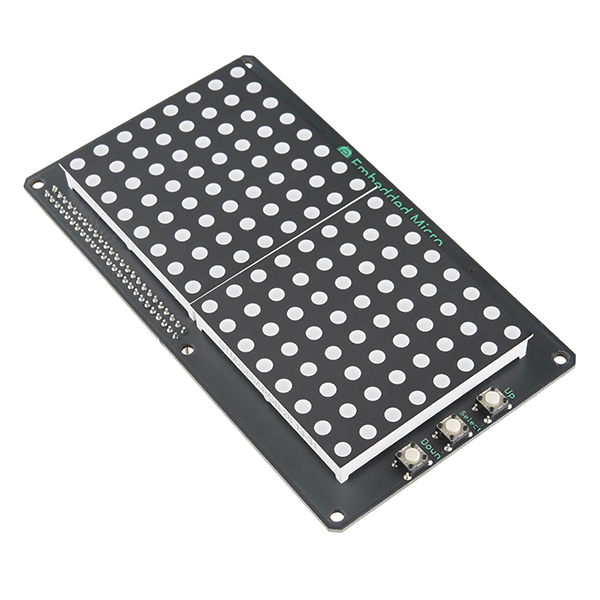
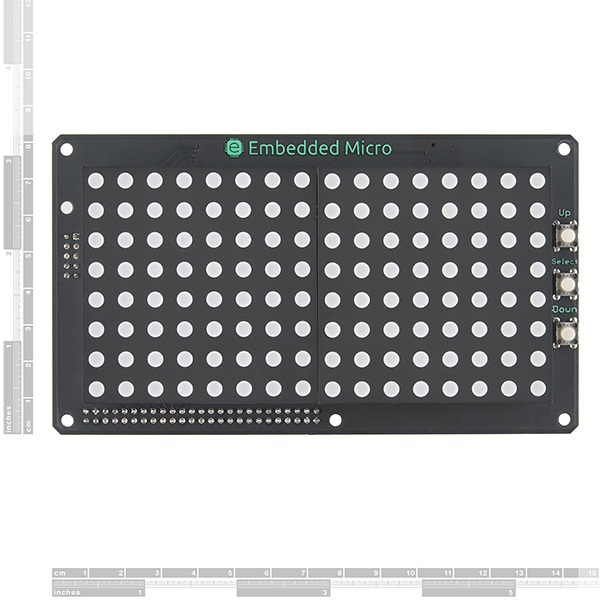
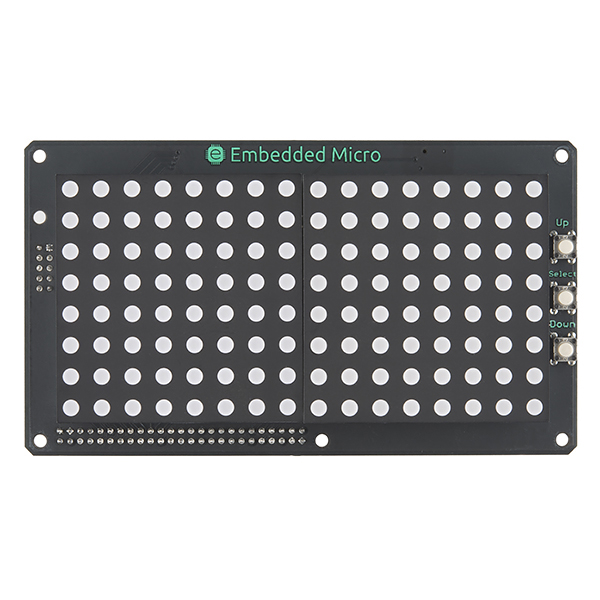
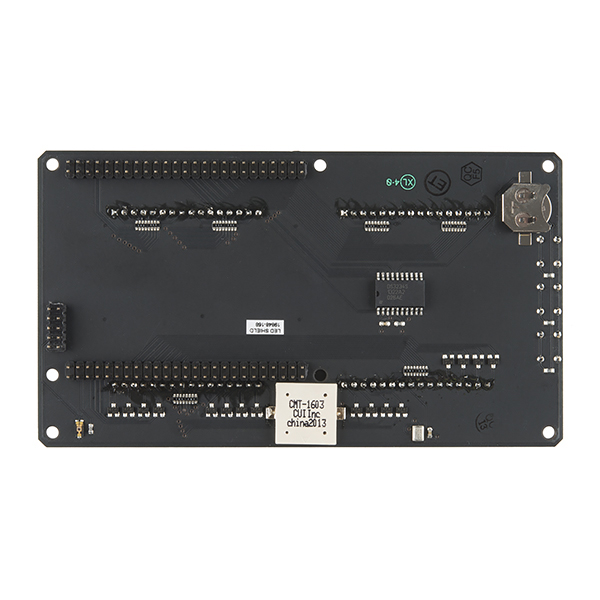
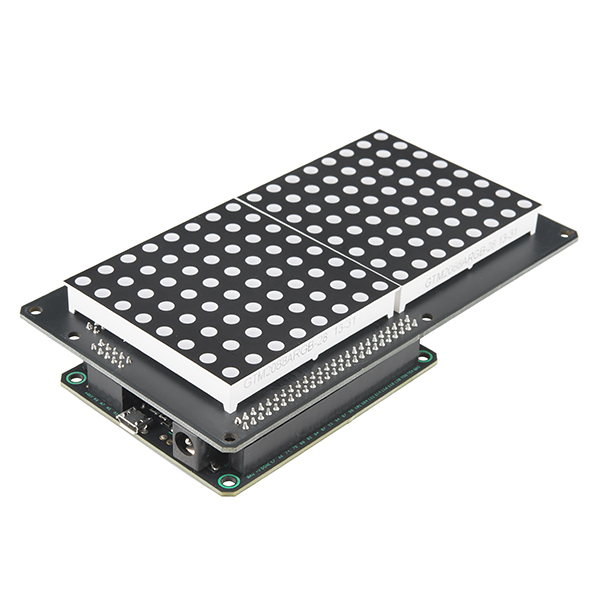

A couple notes for everyone on the Example Design:
And as a bias point, I recommend migrating to PlanAhead. This way, if you want to move it to a Nexys4 or other Xilinx 7-series/Zynq parts, it can be done very easily.
The thing about moving it to other Xilinx parts is that this is geared for the Mojo dev board. You'd have to design a similar board yourself (or a really narfy lashup for this one) which then means you're doing a lot of work yourself and need to be knowing precisely what you're doing on the VHDL/Verilog code in the first place.